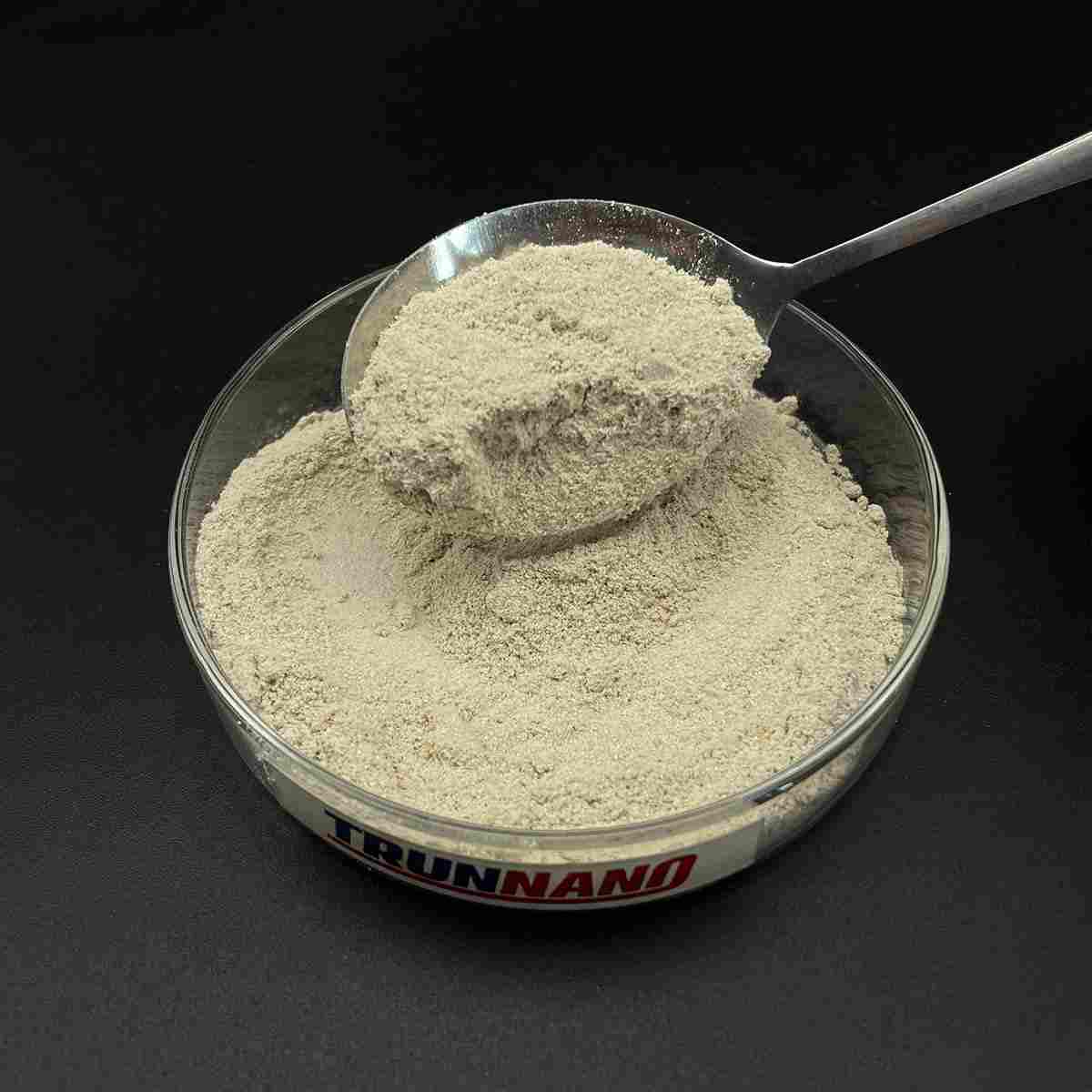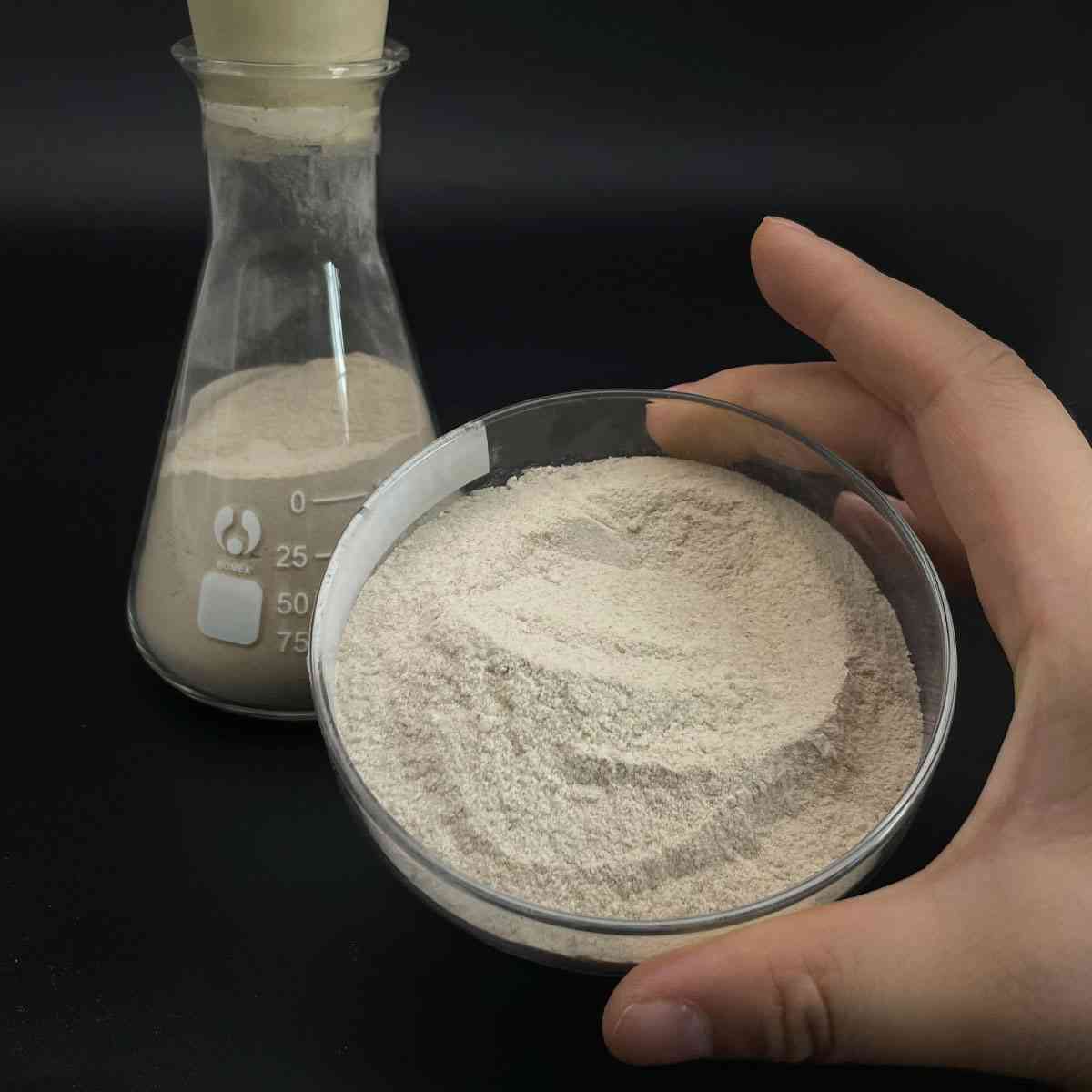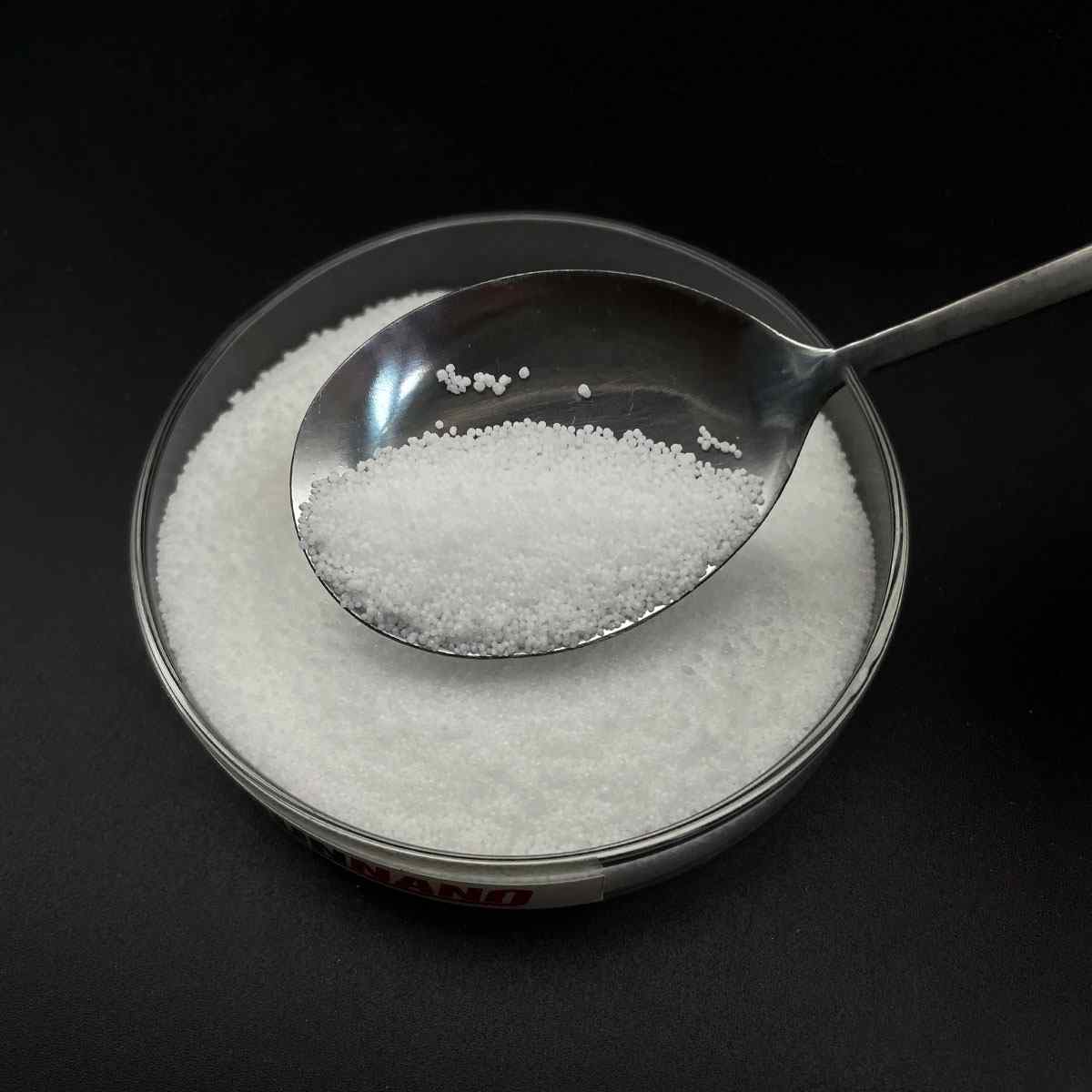Overview of 99.99% Purity Semiconductor Radiation Detectors ZnTe Powder Zinc Telluride
Telluride and selenide compounds play a significant role in the field of semiconductors, particularly in the development of advanced electronic and optoelectronic devices. These materials belong to the chalcogenide family, characterized by their ability to form compounds with elements from groups IV-VI in the periodic table.
Tellurides: Compounds containing tellurium (Te) as the chalcogen. Examples include cadmium telluride (CdTe), mercury telluride (HgTe), and zinc telluride (ZnTe). These materials have found applications in solar cells, infrared detectors, and high-speed electronics due to their tunable bandgap, high electron mobility, and good thermal stability.
Selenides: Similar to tellurides, but with selenium (Se) replacing tellurium. Notable examples are cadmium selenide (CdSe), gallium selenide (GaSe), and zinc selenide (ZnSe). Selenide compounds are widely used in light-emitting diodes (LEDs), laser diodes, and solar cells due to their direct bandgap properties and efficient light absorption/emission capabilities.
Feature of 99.99% Purity Semiconductor Radiation Detectors ZnTe Powder Zinc Telluride
Direct Bandgap: Many telluride and selenide semiconductors have direct bandgaps, which facilitate efficient light emission and absorption processes. This makes them suitable for optoelectronic applications such as LEDs and lasers.
Tunable Bandgap: The bandgap of these materials can be adjusted by alloying or altering the composition (e.g., CdSe to CdTe), enabling customization for specific device requirements across a wide spectrum of wavelengths.
High Electron Mobility: Materials like HgCdTe exhibit high electron mobility, which is crucial for high-speed electronic devices and low-noise detector applications.
Thermal Stability: Some tellurides and selenides, like ZnTe and ZnSe, demonstrate good thermal stability, making them suitable for high-temperature operation and processing.
Non-Toxic Alternatives: With increasing environmental concerns, there’s a push towards exploring less toxic alternatives to commonly used semiconductors. For instance, Cd-based tellurides and selenides are being replaced or combined with less toxic elements like Mg or Mn in some applications.

(99.99% Purity Semiconductor Radiation Detectors ZnTe Powder Zinc Telluride)
Parameters of 99.99% Purity Semiconductor Radiation Detectors ZnTe Powder Zinc Telluride
Zinc Telluride (ZnTe) is a highly sought-after semiconductor material known for its exceptional properties, particularly in the field of radiation detection. With a purity level of 99.99%, it stands as a premium choice for applications where high sensitivity and reliability are paramount. This pure form of ZnTe powder offers outstanding performance in detecting various forms of ionizing radiation, making it an essential component in numerous scientific, industrial, and medical devices.
Zinc Telluride, with its chemical formula ZnTe, exhibits a zincblende crystal structure, which allows it to efficiently convert incident radiation into electrical signals. It has a relatively low atomic number, which translates to a high stopping power for gamma and X-rays, enabling it to be an effective detector material. Its high atomic density and high electron mobility also contribute to its fast response time, a critical factor in real-time radiation monitoring.
One of the key features of ZnTe is its ability to operate over a wide range of temperatures, from cryogenic to moderate ambient conditions. This versatility makes it suitable for use in harsh environments or applications that require temperature stability. Additionally, its bandgap energy, around 2.6 eV, enables it to detect both hard and soft radiation, further expanding its applicability.
In terms of fabrication, ZnTe powder can be processed into various forms such as thin films, crystals, or bulk materials, depending on the desired application. These can be deposited using techniques like sputtering, chemical vapor deposition (CVD), or epitaxial growth, ensuring uniform and high-quality detector layers. The purity of the powder ensures minimal impurities that could degrade the detector’s performance or introduce unwanted noise.
ZnTe detectors find applications in areas like nuclear power plants, homeland security, space exploration, and medical imaging. They are used in gamma-ray spectrometers, dosimeters, and even in advanced X-ray and gamma-ray telescopes. In medical diagnostics, they are employed in portable and compact devices for cancer therapy planning and imaging, offering improved accuracy and safety.
However, despite its numerous advantages, ZnTe does have some limitations. It is more expensive than other semiconductor materials, and the fabrication process can be complex and challenging. Furthermore, it can suffer from degradation under prolonged exposure to radiation, necessitating regular maintenance and monitoring.
In conclusion, 99.99% pure ZnTe powder is a high-performance semiconductor material ideal for radiation detection due to its efficient conversion, wide temperature range, and versatile fabrication options. Its exceptional purity ensures reliable and accurate results across various applications, making it a valuable asset in industries ranging from nuclear to healthcare. Despite its challenges, ongoing research and development efforts continue to refine its properties and expand its potential uses.

(99.99% Purity Semiconductor Radiation Detectors ZnTe Powder Zinc Telluride)
FAQ of Semiconductor Materials
Inquiry us






